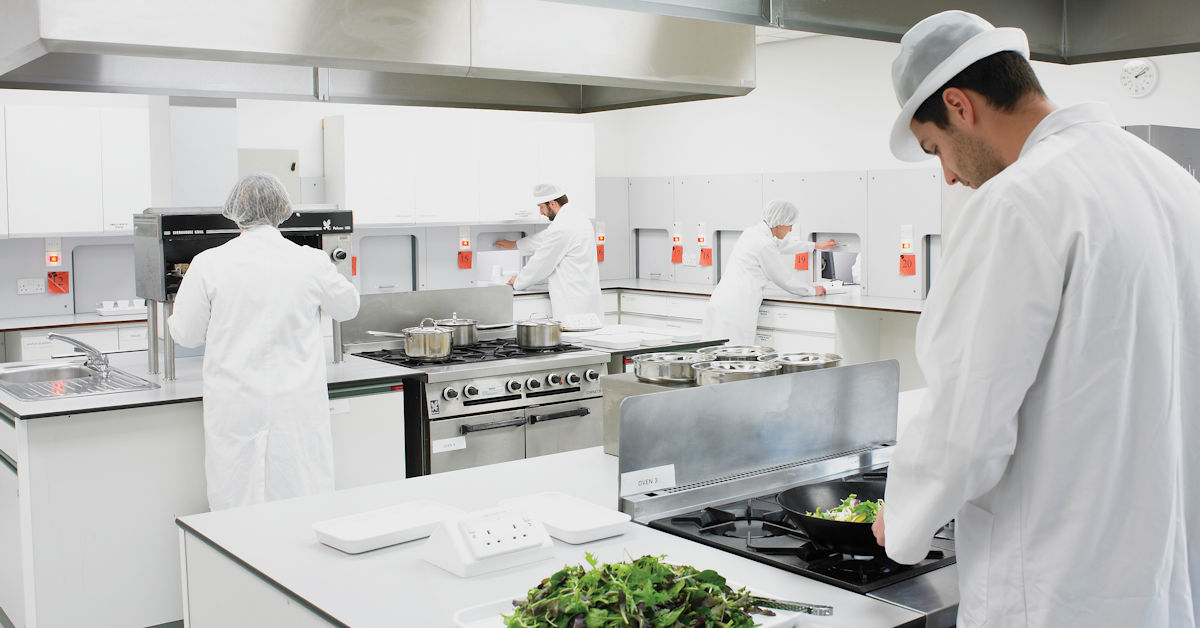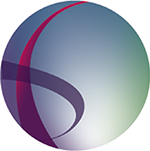
Better understand your position in the marketplace with rapid sensory product benchmarking (UKAS Accredited)
25 April 2025 | Hkanhpa Sadan, Sensory Project Manager
Gain a more informed understanding of your position in the marketplace and track the quality of your products with our bespoke UKAS accredited benchmarking service. Benchmarking is a rapid, cost-effective way to obtain a snapshot of product quality from an ‘informed consumer’ perspective, compared with more costly and time-consuming alternatives.
What is benchmarking?
Benchmarking involves sensory evaluation of a selected product against similar, competitor products. Our service expands on this definition by providing a description of the key sensory attributes and quality feedback, as well as guidance based on an informed consumer perspective.
In addition, we factor in market position and consumer expectations into our feedback.
A small panel of fully trained and experienced sensory assessors with a real passion for food will assess any type of product, whether that’s current products on the market or NPD prototypes, from an informed consumer viewpoint. The members of the panel are screened for sensory acuity, trained on trends and the relevant product categories under test, are experienced with a wide variety of products, and conduct benchmarking assessments regularly.
The scores from the assessors’ blind and unbiased sensory assessments are collated and an overall ‘eating enjoyment score’ awarded. Once all the products within the group are assessed the product packaging is revealed to enable identification and discussion between the assessors regarding the on-pack information. A comprehensive, detailed report is created from all the comments made by the assessors, highlighting the key factors and general observations.
Benchmarking applications
1. Quality tracking to regularly monitor the quality of your product.
Quality tracking is – like it sounds – using benchmarking to track / monitor the quality of your product over time. For example, by conducting regular monthly assessments on selected products.
The assessments of your product can be made in comparison to the outcomes of previous assessments and in comparison, to competitor product performance. This could be to monitor deviations in quality, to keep an eye on (or to better understand) seasonal changes, and to also track the quality of your competitors’ products (and track your product’s performance against them).
2. Routine benchmarking as part of a retailer or internal scheme – to ensure that your product is performing as expected, and to look for opportunities for improvement to gain an edge over your competition.
3. Understand key differences between your product and those of your competitors.
4. New product development is a costly exercise, and we can offer several cost-effective methods to avoid wasting time and money during development, and especially by using benchmarking to keep an eye on the competition.
5. Product renovation is another opportunity to leverage valuable insights from benchmarking, in a similar way to the approach for NPD – by comparing the new /reformulated product against both the current version and competitor products.
Benefit from benchmarking and beat your competition
Across our business, we have more than 200 scientists and technical experts collaborating on a wide range of projects every day. Our sensory panels and sensory scientists have the experience and technical insights to support the success of your products.
We can characterise the sensory and quality attributes of your product to guide product development, shelf-life testing and extension, quality control, and taint troubleshooting and prevention.
Our assessment services range from simple quality assessment checks right through to full, descriptive mapping / profiling of your products in comparison with your competitors or other products and have a wide range of valuable applications and benefits.
How can we help you?
If you’d like to find out more about applying benchmarking to your products, contact our support team to find out how we can help.
Sensory testing and consumer insights
Discover more about how our services in this area can benefit your business with the many blogs we have written on the subject.






